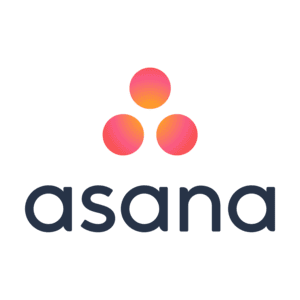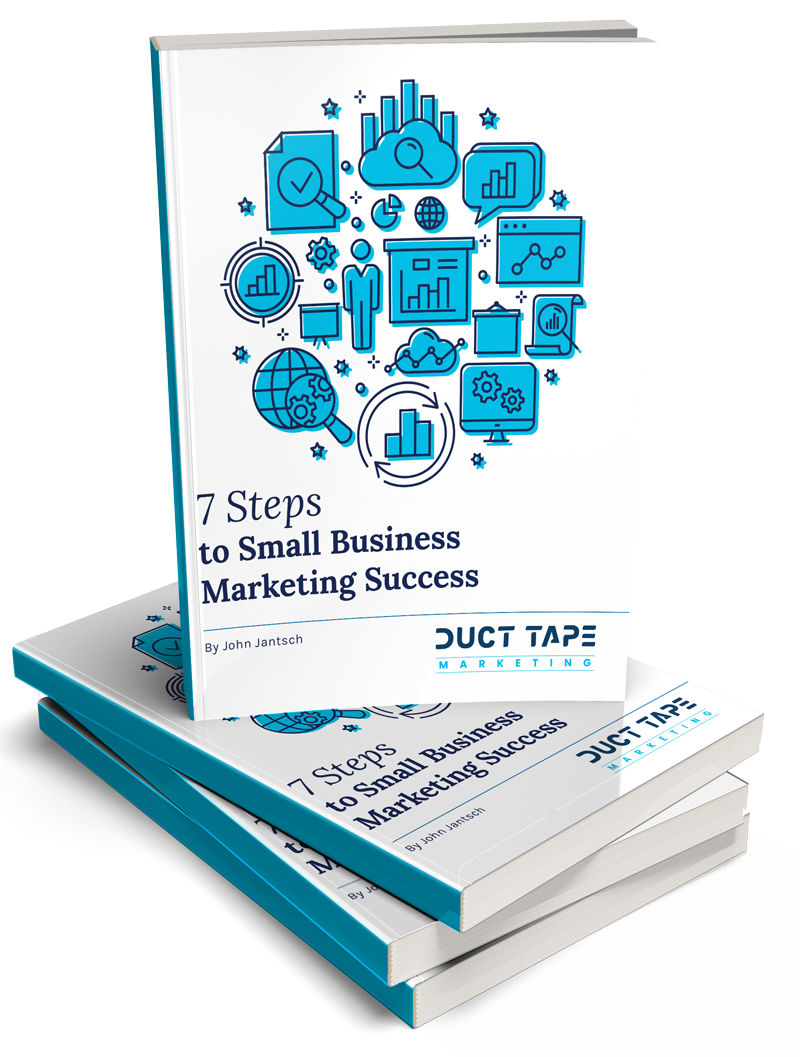Marketing Podcast with John Jantsch on Total Online Presence
Business owners today understand that being visible online is important. But what does having an online presence really mean? It’s a lot bigger than just having a website and a Facebook page. And when you look at the statistics on how consumers behave online, it’s easy to understand why. Did you know that:
- 77 percent of searches on mobile devices are followed up by an action within an hour;
- 87 percent of potential customers won’t consider a business with low reviews/ratings;
- 7 out of 10 consumers are more likely to use a local business if it has information on social media sites; and
- 82 percent of small business owners claim their main source of new business is still referrals?
All of these statistics demonstrate the importance of having a total online presence that is fully integrated. That means that the total online presence shouldn’t supplant everything else you’re already doing—it needs to support it.
In order to make the most of the way that consumers interact with brands online, there are three fundamental elements of strategy for your online presence: website, SEO, and content. These are bigger than just tactics, they’re strategic components; as such, they need to be blended together in an effective and efficient way.
Below, we’ll take a look at the three elements of your total online presence, and how to get them working in tandem to bring you the greatest results.
Creating an Effective Website
The way that both search engines and people search has changed how websites need to work today. Your homepage isn’t just a placeholder and index for all of your links. It’s now the start of a journey—it’s where you build the know, like, trust, and try elements of your relationship with customers.
The first thing your homepage must do is demonstrate how you solve the biggest problem your prospects are facing. No one comes to a website looking for a product or service; they come looking for a solution to their problem. If you can prove that you understand their issue, then you can begin to talk about how you solve it (with your products and services).
The content on your homepage needs to back up your claims. Video is becoming an increasingly important element in building trust. A video featuring your team talking about your deep understanding of the problems your prospects face builds trust. Not only do they feel like you really know what you’re talking about, but the simple act of seeing your face and hearing your voice builds a personal connection that makes the trust grow even faster.
You also want to provide an evaluation or checklist in order to give prospects a way to try your approach. When they can see the way you work to solve their problem, they gain confidence in your ability to get the job done.
Beyond those basic content elements, your website also needs to address two major technical hurdles in order to be competitive today. First, it must work on a mobile device. In 2018, Google announced that they’d be using mobile websites, rather than desktop websites, as their main basis for indexing and ranking. This means that if you don’t have a mobile site (or you have one that isn’t optimized for mobile), you’re lagging behind your competitors and falling in Google search rankings. Second, security and privacy are becoming bigger and bigger concerns for consumers. After years of watching some of the giants like Facebook and Target stumble with online security, consumers are looking for small businesses who work hard to guard their personal information. This means ensuring that you have an HTTPS site and that you are encrypting any data you collect from visitors.
Search Engine Optimization
It’s Google’s world, we’re just living in it. Whether you like it or not, Google is the biggest player in the online game, and so a small business owner’s chief concern needs to be optimizing for Google. But at the same time, you can’t lose sight of your customers and optimizing for their human needs.
The first thing that any small business owner should do to ensure they’re ranking well with Google is take a deeper look at Google My Business. I’ve talked before on the podcast about the importance of this tool, but Google continues to build out this platform and further integrate it with other tools. In fact, I suspect that in 2019 it may become Google’s very own social platform, allowing small business owners to interact with their customers. But for now, at the very least, it’s the number one way in which small businesses are being found by people looking for local solutions.
This means you should be taking your Google My Business presence seriously. If you haven’t done so already, claim your business and make sure there are no duplicate entries. Ensure the category of your business is specific, and that the name, address, and phone number all sync up with what you have on your website. Add photos and videos, posts, and descriptions to your profile. You can even use Google My Business to connect directly with customers and prospects through text messaging.
You also want to be sure that your website is giving you the best shot at ranking locally. Fill your pages with local data, content, and resources. And beyond what is actually on your website for prospects and customers to find, you need to be paying attention to the metadata behind the scenes. Make sure your titles and descriptions are helping you rank for those search terms that matter most to your prospects.
Reviews are the final piece of the SEO puzzle. They have become a significant factor in how you rank. Businesses with few reviews or poor reviews will fall behind those with lots of good reviews. And as with all of the other elements of SEO, while reviews matter for rankings, they also matter for the people reading them. Having reviews—and good ones at that—will make prospects far more likely to give your business a try.
Content Beyond Blogging
Today, it’s pretty common for “content” to be used interchangeably with “blog posts.” But in reality, content is much bigger than that. Content drives every channel. Whether it’s advertising, email marketing, social media, community events, videos, referral offers, or text messaging, these are all forms of content (or at the very least channels where content is needed).
When you’re developing content, you need to be catering to every stage of the customer journey. A great way to do this is through the creation of hub pages. These pages allow you to structure your content around specific topics. When you centralize all of your knowledge on a given topic within a hub page, that allows the content to be shared more easily and to draw attention in ranking.
Beyond just creating a centralized page for relevant content, you want to be sure you’re marrying content upgrades to those hub pages. If you have a page that ranks, attach a free checklist or eBook so that you can begin using all of that content to capture leads.
I’ve Got My Strategic Elements—Now What?
As you can see, these three main elements of your total online presence all go hand in hand. This means that you also need to get your website, SEO strategy, and content working together to generate and capture leads, so that you can begin the process of nurturing them and converting them to customers.
Building an effective strategy is about addressing the needs of your prospects and customers all along their journey. Whether they’re in the earliest stages of the marketing hourglass, and are just coming to know and like your business, or they’re a repeat customer about to make a referral to a friend.
Every element of your strategy needs to be focused towards moving people along the hourglass, and this goes beyond just website, SEO, and content. Things like advertising, outreach, pay per click, and reviews all must work together to accomplish this task.
Fortunately, if you’re using these three major strategic elements as your guide, you’re able to structure the other tactics around those larger forces to create a marketing system that best serves the needs of your business and your customers.
Like this show? Click on over and give us a review on iTunes, please!

This episode of the Duct Tape Marketing Podcast is brought to you by Asana! Asana is a work management tool to keep your entire team on track. The Duct Tape team relies on Asana to unify communication, assign and delegate tasks, and manage deliverables for everything from individual meetings to big client projects.
To help support the show, Asana is offering our listeners an exclusive deal. You can get a free, 30-day trial. Just go to asana.com/ducttape.



